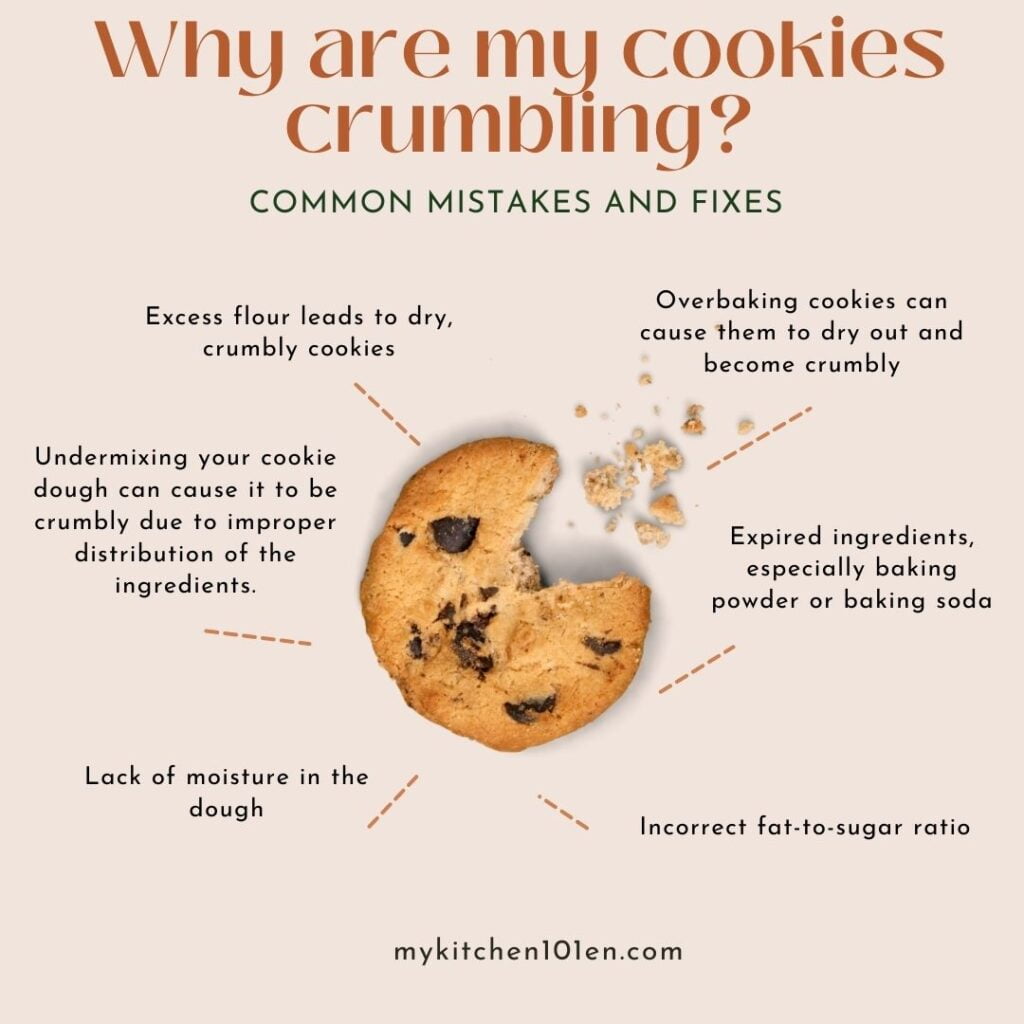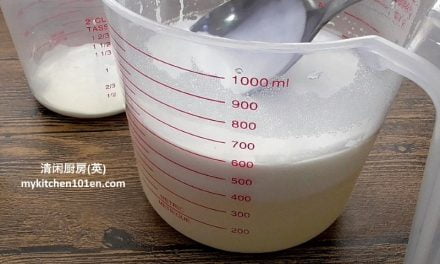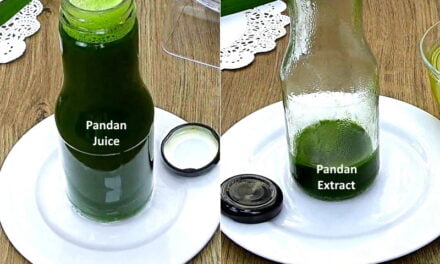Table of Contents
How to prevent cookies from crumbling?
There’s nothing quite as satisfying as biting into a perfectly baked cookie, but sometimes, things go awry.
Crumbly cookies can be a disappointment, but fear not! This blog post will explore the most common reasons why cookies crumble and provide helpful tips on how to fix these mistakes.

Why cookies falling apart: Key Takeaways
| Section | Topic | Key Points |
|---|---|---|
| Why Cookies Crumble | Common Baking Mistakes | 1. Too much flour 2. Overbaking 3. Incorrect fat-to-sugar ratio 4. Insufficient mixing 5. Not enough moisture 6. Stale ingredients |
| How to Fix Crumbly Cookies | Solutions for Baking Mistakes | 1. Accurate flour measurement 2. Monitor baking time 3. Balance fat and sugar 4. Proper mixing 5. Adjust moisture levels 6. Check ingredient freshness |
| Salvaging Crumbled Cookies | Creative Ways to Repurpose Cookie Crumbs | 1. Pie or cheesecake crust 2. Cookie truffles 3. Ice cream topping 4. Parfaits and dessert cups 5. Cake decoration 6. Milkshakes and smoothies |
Baking a perfect cookie: Common Mistakes and Fixes
- Too Much Flour: One of the most common reasons for crumbly cookies is using too much flour. Excess flour leads to dry, crumbly cookies as it absorbs the moisture. To fix this issue, accurately measure your flour using the spoon and level method or a kitchen scale. Resist the temptation to pack the flour into the measuring cup, as this can result in using more flour than needed.
- Overbaking: Overbaking cookies can cause them to dry out and become crumbly. To avoid this, keep an eye on your cookies while they’re in the oven and follow the recommended baking time in your recipe. As different ovens may vary, it’s best to start checking your cookies a couple of minutes before the shortest suggested baking time.
- Incorrect Fat-to-Sugar Ratio: The proportion of fat (butter, oil or shortening) to sugar is important for the texture of a cookie. If there isn’t enough fat, the cookies may be crumbly. Measure out the correct amounts of fat and sugar for your recipe. Also, make sure all ingredients are at room temperature before mixing them together.
- Not Enough Mixing: If you undermix your cookie dough, it will be crumbly. This is because the ingredients are not properly distributed. Mix well and make sure all of them have been incorporated—don’t overdo it, tough cookies result from over-mixing!
- No Enough Moisture: If your cookies are still crumbly, try adding a small amount of liquid (such as milk or water) to the dough. Add just one teaspoon at first—the added moisture should make the dough pliable enough for you to handle it well. Alternatively, if that doesn’t work out, extra egg yolk will give your baked goods some fat and moisture.
- Stale Ingredients: Using stale or expired ingredients, especially baking powder or baking soda, can affect the texture of your cookies. Always check the freshness of your ingredients before using them, and replace them if necessary.
Crumbly cookies can be a letdown, but with these tips, you can prevent common baking mistakes and create the perfect cookie every time. Keep an eye on your measurements, baking time, and ingredient ratios.

How to Salvage Crumbled Cookies: Tips and Ideas to Repurpose Your Cookie Mishaps
So you’ve followed all the tips and tricks, but your cookies still ended up crumbly?
Don’t worry! There’s no need to let those crumbled cookies go to waste.
We’ll share some creative ideas to repurpose those cookie crumbs and turn them into delightful treats.
- Pie or Cheesecake Crust: One of the easiest ways to use crumbled cookies is to create a pie or cheesecake crust. Combine the cookie crumbs with melted butter (about 5-6 tablespoons of butter per 1.5 cups of crumbs), press the mixture into a pie dish or springform pan, and bake for 8-10 minutes at 350°F (175°C) to set. Fill the crust with your favorite pie or cheesecake filling and enjoy!
- Cookie Truffles: Transform your crumbled cookies into delightful cookie truffles. Mix the cookie crumbs with cream cheese (4 ounces of cream cheese per 2 cups of crumbs) until well combined. Roll the mixture into small balls and refrigerate for at least 30 minutes to firm up. For an extra touch of indulgence, dip the truffles in melted chocolate and let them set before serving.
- Ice Cream Topping: Add some crunch to your ice cream by using crumbled cookies as a topping. Simply sprinkle the cookie crumbs over your favorite ice cream flavor. You’ll have an irresistible combination of creamy and crunchy textures.
- Parfaits and Dessert Cups: Layer cookie crumbs with whipped cream, yogurt, or pudding and your choice of fruit to create a delicious and visually appealing parfait or dessert cup. Alternate layers of cookie crumbs, cream or yogurt, and fruit until you reach the top of your glass or jar, finishing with a dollop of whipped cream and a sprinkle of cookie crumbs.
- Cake Decoration: Use crumbled cookies to add texture and visual interest to your cakes. Press the cookie crumbs onto the sides of a frosted cake or sprinkle them over the top for an easy yet impressive decoration.
- Milkshakes and Smoothies: For a sweet twist on your milkshakes or smoothies, blend in some crumbled cookies. Add the cookie crumbs to your milkshake or smoothie ingredients and blend until well combined. The cookies will add a rich flavor and subtle texture to your drink.
I like to eat cookies while I bake cookies. It’s called quality control.
What ingredients make cookies crumbly?
Crumbly cookies can be a disappointment, especially after you have spent so much time perfecting the recipe. Understanding the reasons behind this can help you avoid it. Here’s a look at some common culprits:
- Too much flour: If you add too much flour to your cookie dough, it will be dry and crumbly. Make sure to measure your flour correctly using a kitchen scale or by spooning it into your measuring cup and then leveling it off.
- Not enough fat: Fat helps to bind the ingredients together and make cookies chewy. If you don’t use enough fat in your cookie dough, it will be crumbly. Butter, shortening, and vegetable oil are all good sources of fat in cookies.
- Not chilling the dough: Chilling the cookie dough before baking helps to develop the gluten and make the cookies chewier. If you don’t chill the dough, it will be more likely to spread out in the oven and be crumbly.
- Baking at too high of a temperature: Baking cookies at too high of a temperature will cause them to brown on the outside before they have a chance to cook through. This can make them crumbly on the inside.
Here are some tips to prevent your cookies from being crumbly:
- Use the correct amount of flour.
- Use enough fat.
- Mix the dough until it is just combined.
- Chill the dough before baking.
- Bake the cookies at the correct temperature.
The bottom line
Conclusion: Crumbled cookies don’t have to be a disappointment! With these creative ideas, you can turn your cookie mishaps into delicious, inventive treats that will impress your family and friends.
Remember, a little resourcefulness can transform any kitchen disaster into a delectable success. Happy salvaging and keep baking!

A collection of recipes related to cookies such as Melt-in-Mouth Fragrant Cashew Nut Cookies, adapted from Traditional Chinese Peanut Cookies; Perfect Almond Butter Cookie, made with butter and roasted ground almond; and Super Crunchy Nestum Cereal Cookies, easy-to-make cookies that are loaded with crunch. These recipes offer a variety of flavors and textures, catering to different tastes and occasions. Whether you’re in the mood for something nutty and rich or light and crunchy, these cookie recipes provide delightful options to explore and enjoy.
Faq: Why is my cookie dough crumbly after refrigeration?
It is possible that the dough dried out in the fridge or was left outside for too long, which can cause it to become crumbly. Adding a little bit of water or milk and kneading the dough gently might help to make it smooth and pliable again.




